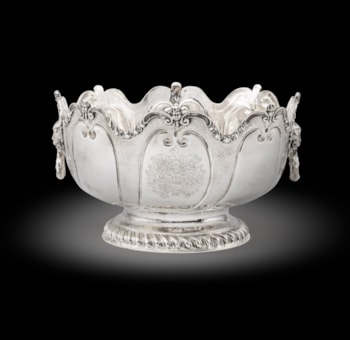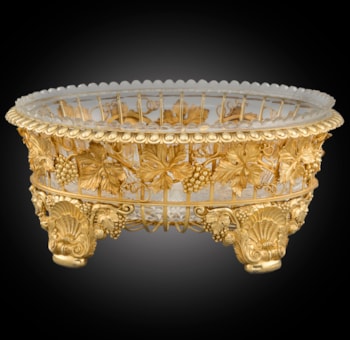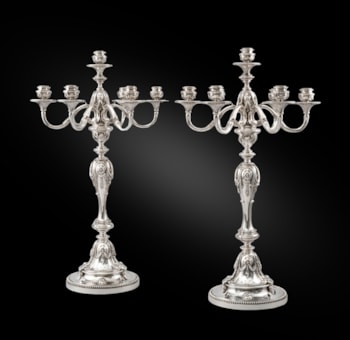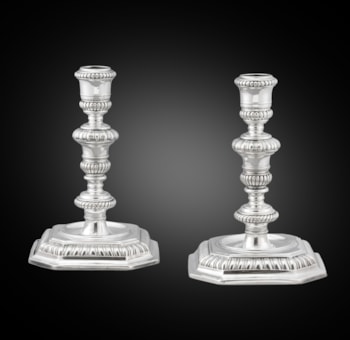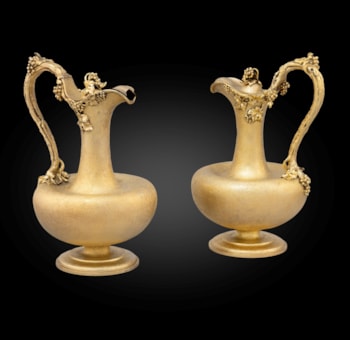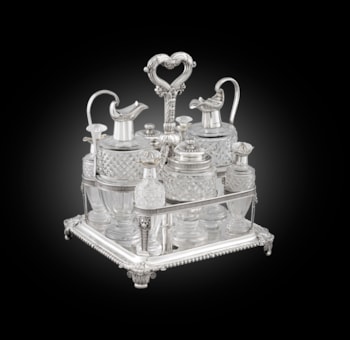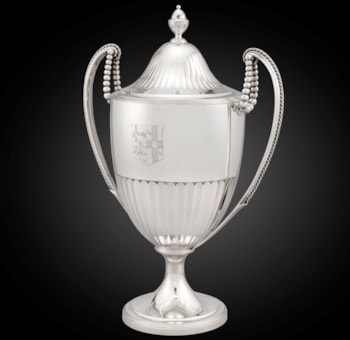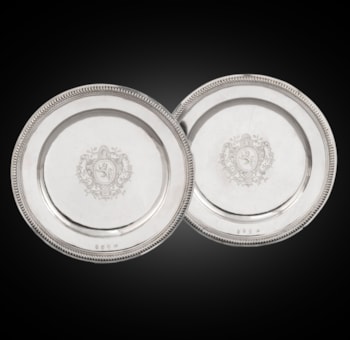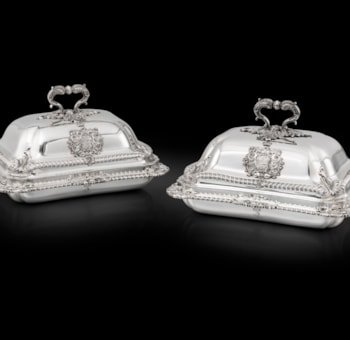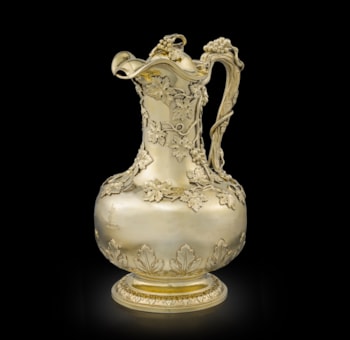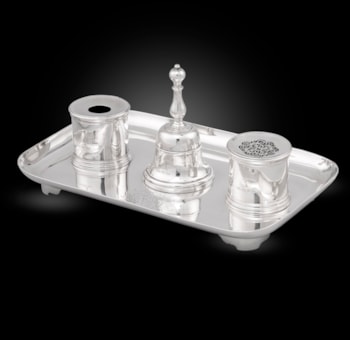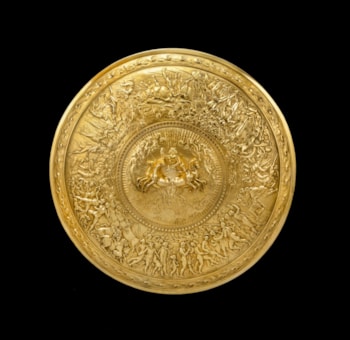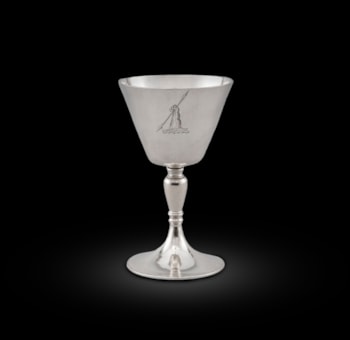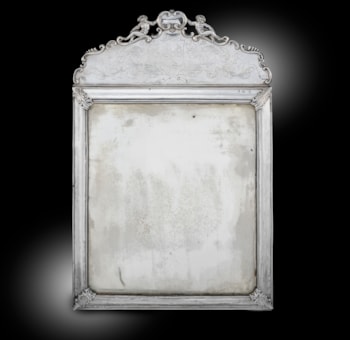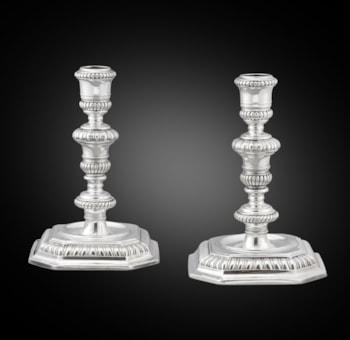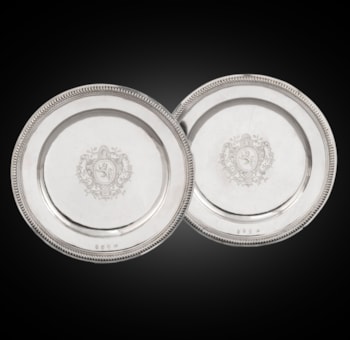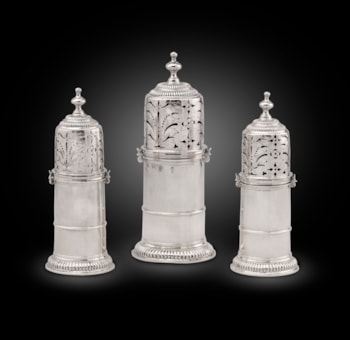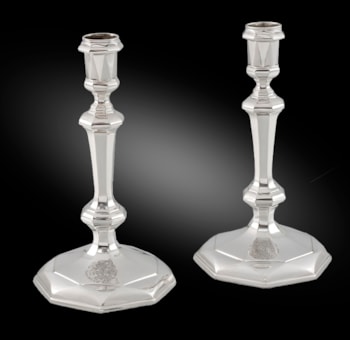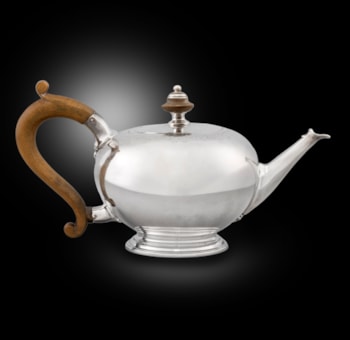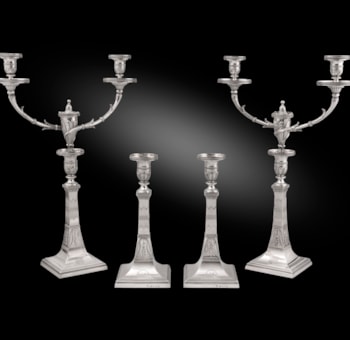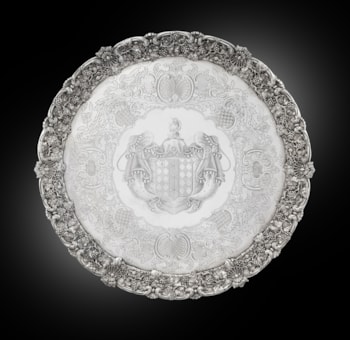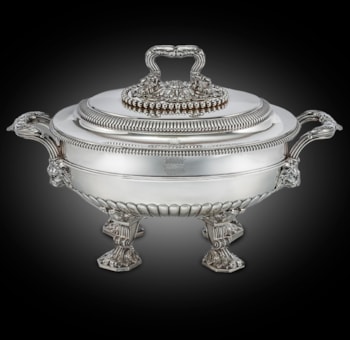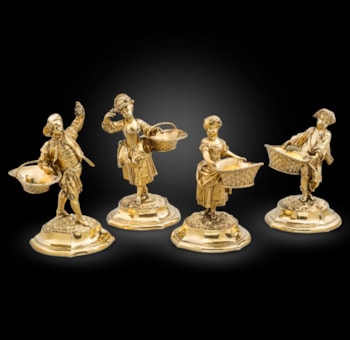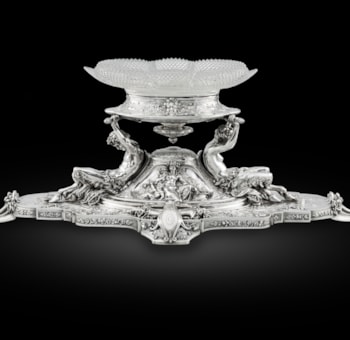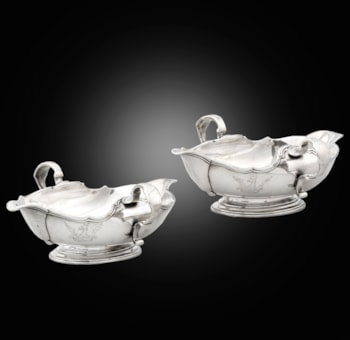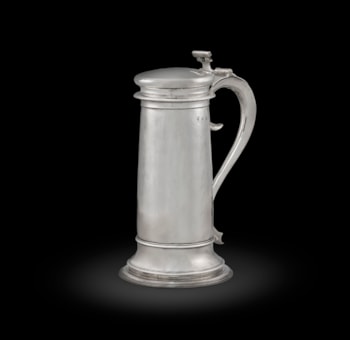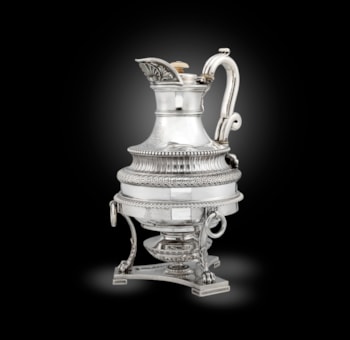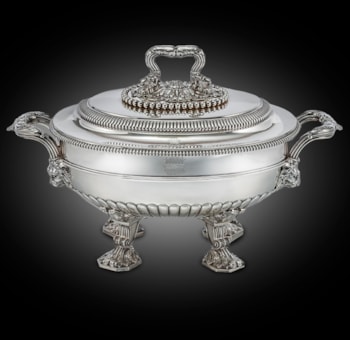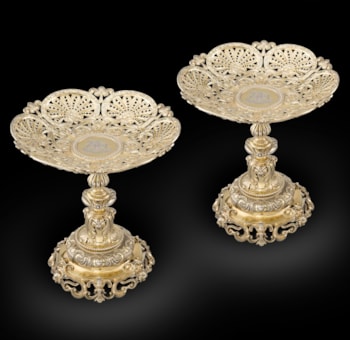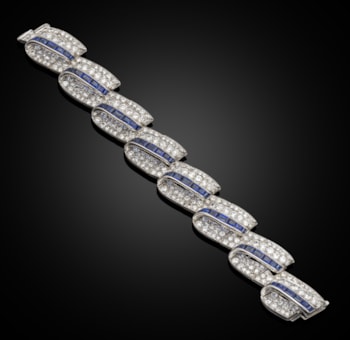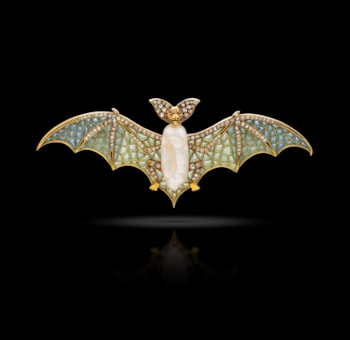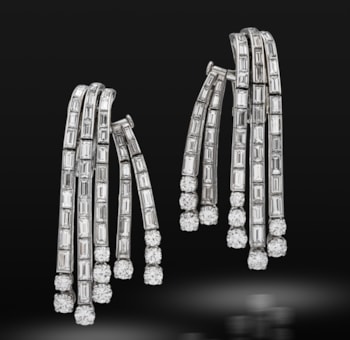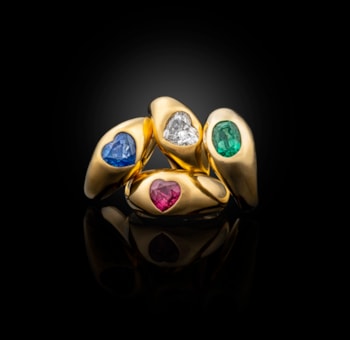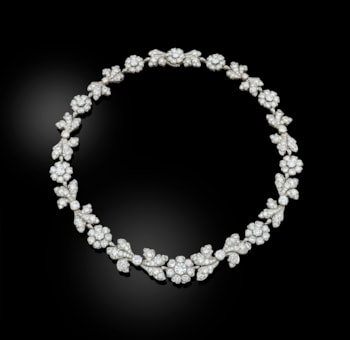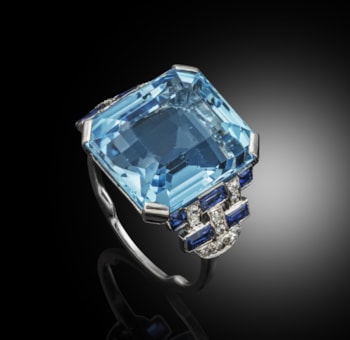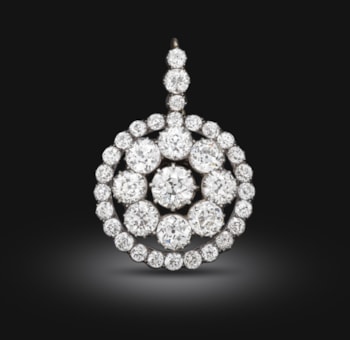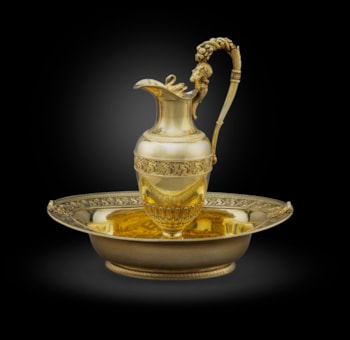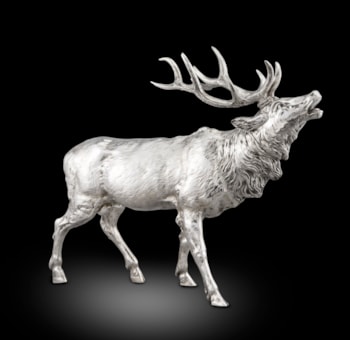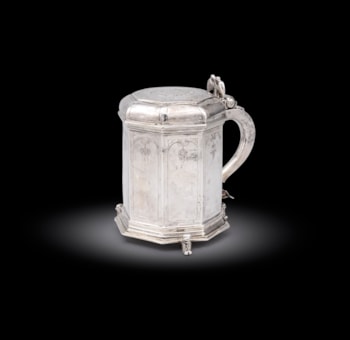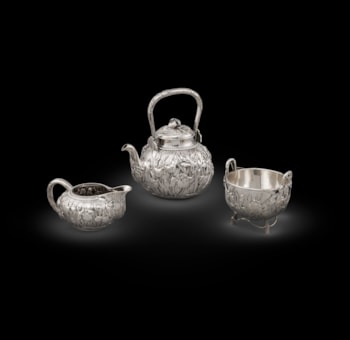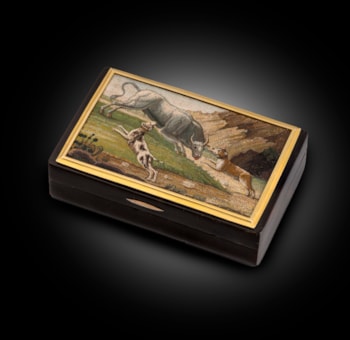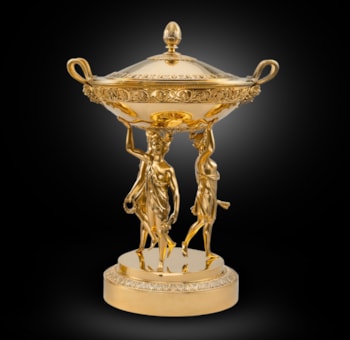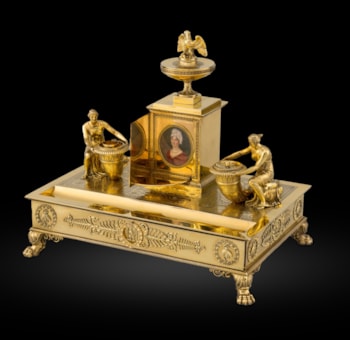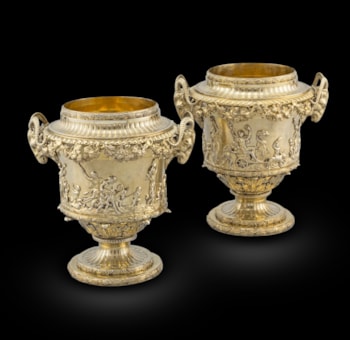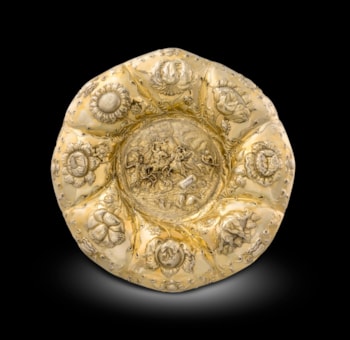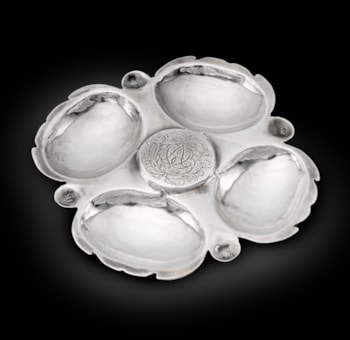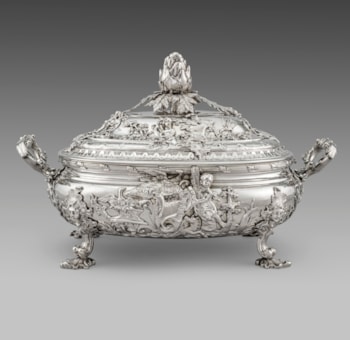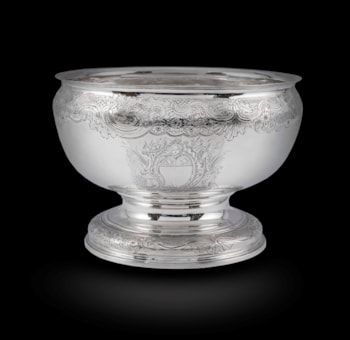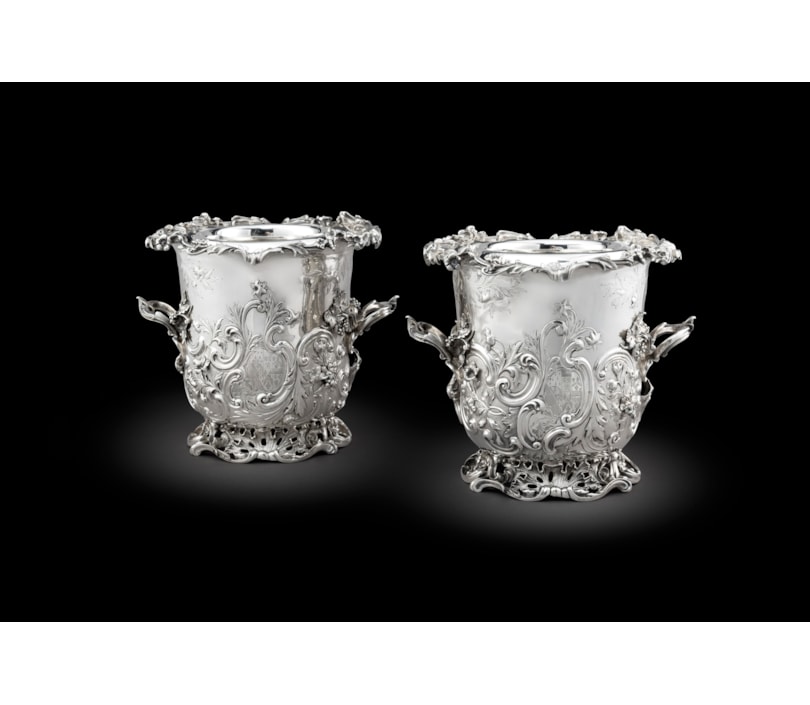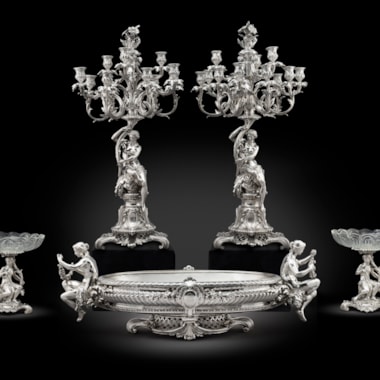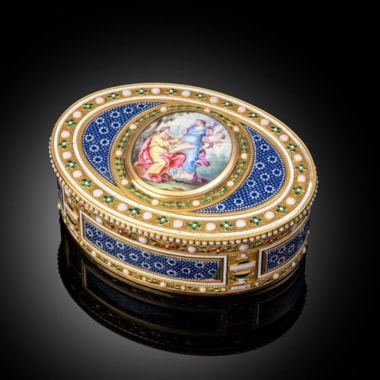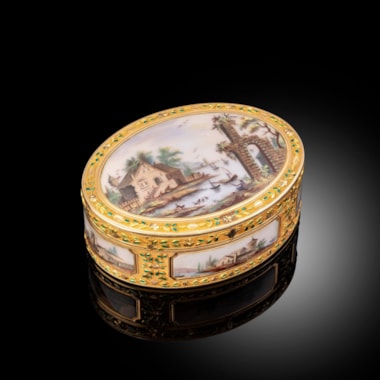These armorial bearings undoubtedly commemorate the marriage of James Snaith Brymer (born 2nd August 1802 died 1st December 1859), formerly of Weymouth in the County of Dorset and later of Pulteney Street, Bathwick, Bath in the County of Somerset and Helen Thomas (born 12th March 1806 died 19th March 1892). James and Helen were married at the Parish Church of St. John the Evangelist, Melcombe Regis in the County of Dorset on the 8th May 1830. James was the eldest son of Alexander Brymer and wife, Harriot Dobson (née Parr ), whilst Helen was the third daughter of Sir William Lewis George Thomas, the 4th Baronet of Yapton in the County of Sussex and his wife, Elizabeth Lucretia Welch.
James at some time served as a Captain in the 6th Regiment of Dragoon Guards having been commissioned as a Cornet9 in the same regiment on the 6th May 1819 upon his graduating from the Royal Military College at Sandhurst in the County of Berkshire. It is uncertain whether he ever was active service with his regiment. He was later initiated as a freemason of the United Grand Lodge of England within the All-Souls Lodge at Weymouth in the County of Dorset in 1836. James also served as one of the Governors of the Bath Mineral Water Hospital. During the 19th Century the Brymers and their associated families via marriage the Tugwells and the Clutterbucks were successful bankers in the City of Bath
The firm of Edward Barnard & Sons (otherwise known as the Barnard Brothers) is quite possibly the oldest silversmithing company in the world, its origins can be traced back to Anthony Nelme (d. 1722) who established his firm in London circa 1680. Through succession and proceeding partnerships the firm was amalgamated in 1786 by Charles Wright with neighbouring silversmith Thomas Chawner who, at the time, was master of Edward Barnard – Chawner made Edward Barnard the foreman of the company. In 1796 Chawner took an engraver, John Emes, into partnership and when he retired Emes became the sole owner and Edward Barnard became the firm's manager. On Emes' death in 1808 Edward Barnard went into partnership with the widowed Rebecca Emes and Henry Chawner; the firm now trading as Emes & Barnard. After Rebecca Emes’ withdrawal from the business in 1829, Edward Barnard became the proprietor together with his sons, Edward, John, and William, trading under the name Edward Barnard & Sons.
Edward Barnard & Sons skill, knowledge and adeptness in both the Neoclassical and Rococo styles ensured their longevity as a firm, represented by fine quality silver. The company’s clients included Rundell, Bridge and Rundell, Elkington & Co., and the Goldsmiths’ Company. After many relocations of premises and centuries of trading, the firm eventually closed in 2003.
You May Also Like




